Scottsville, Virginia
postcards from the road
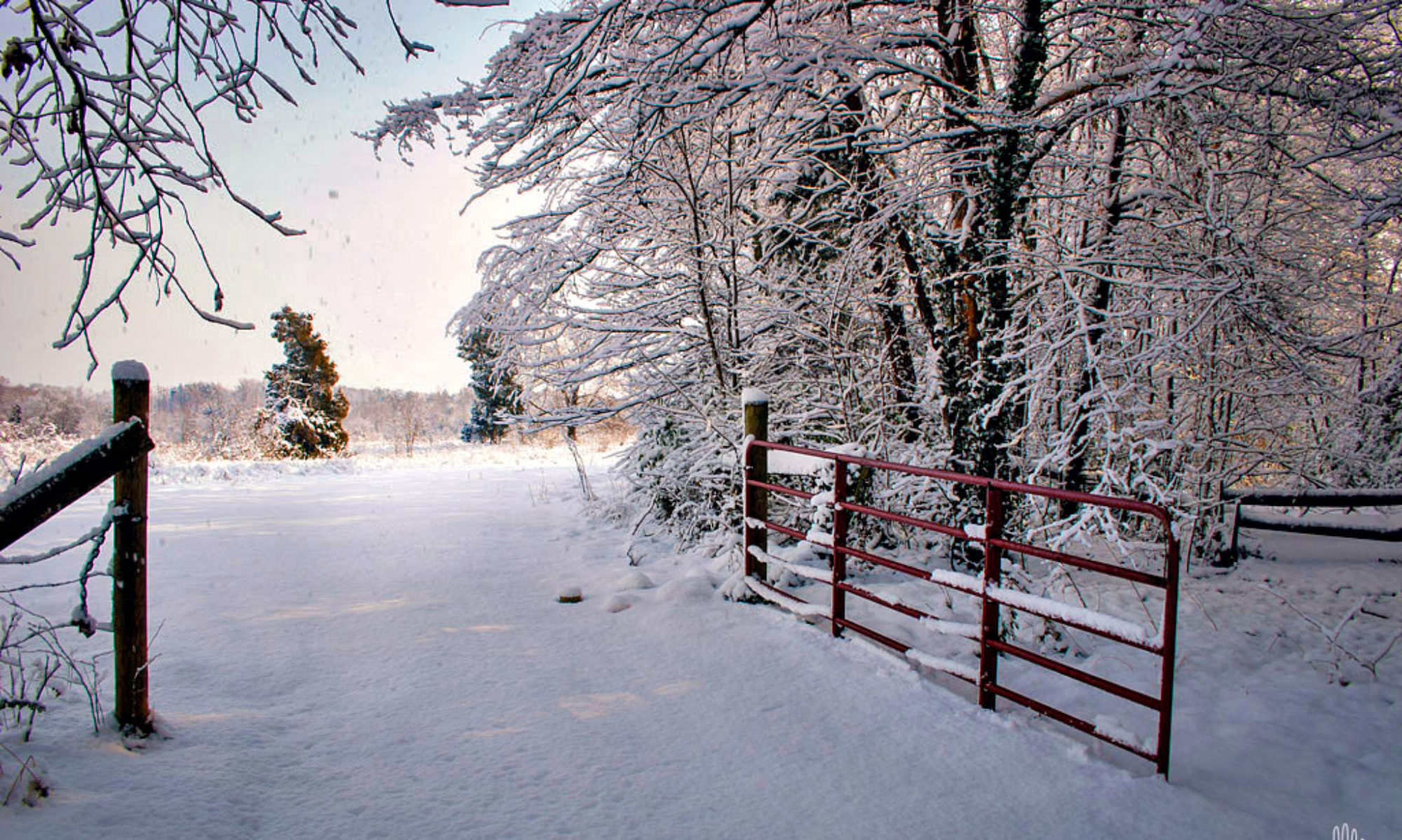

an infrequent repository of mostly new stuff
Some extraordinarily well-preserved film footage shot of New York city in 1911.
The most striking thing is that the broad avenues and boulevards are filled with pedestrians. This is not one of those rare festival days when they shut down the streets for people to use – this is normal, every day. The streets were made for walking. Horse carts, cars, and trolleys all share the road. All move at a walking pace, which is why it works.
Also, the windows of the skyscrapers are open. There is no air conditioning in 1911. People live in apartments on the upper floors, with the windows thrown open to the breeze and the sky.
But umbrellas have not changed in over 100 years.
Small boat sailors on the Bay know the looming presence of big ships. They drift along the horizon like thunderstorms, and are almost as big. Like bulls in a big pasture, general rule is stay far away as you can, and keep watch over your shoulder. It’s a good thing if you never see one up close.
It was different when I lived in Savannah. There the harbor is a narrow river that runs like a wet boulevard right through the city. Oceangoing ships the size of office buildings glide right along the waterfront. I’d hang out on River Street and watch them go by, blotting out the sky. Close enough to hit with a baseball, you could see details – strange markings, battle scars, seams and rivets – that under normal conditions remained beyond view.
I came across an article this morning that explains what a lot of these symbols mean:
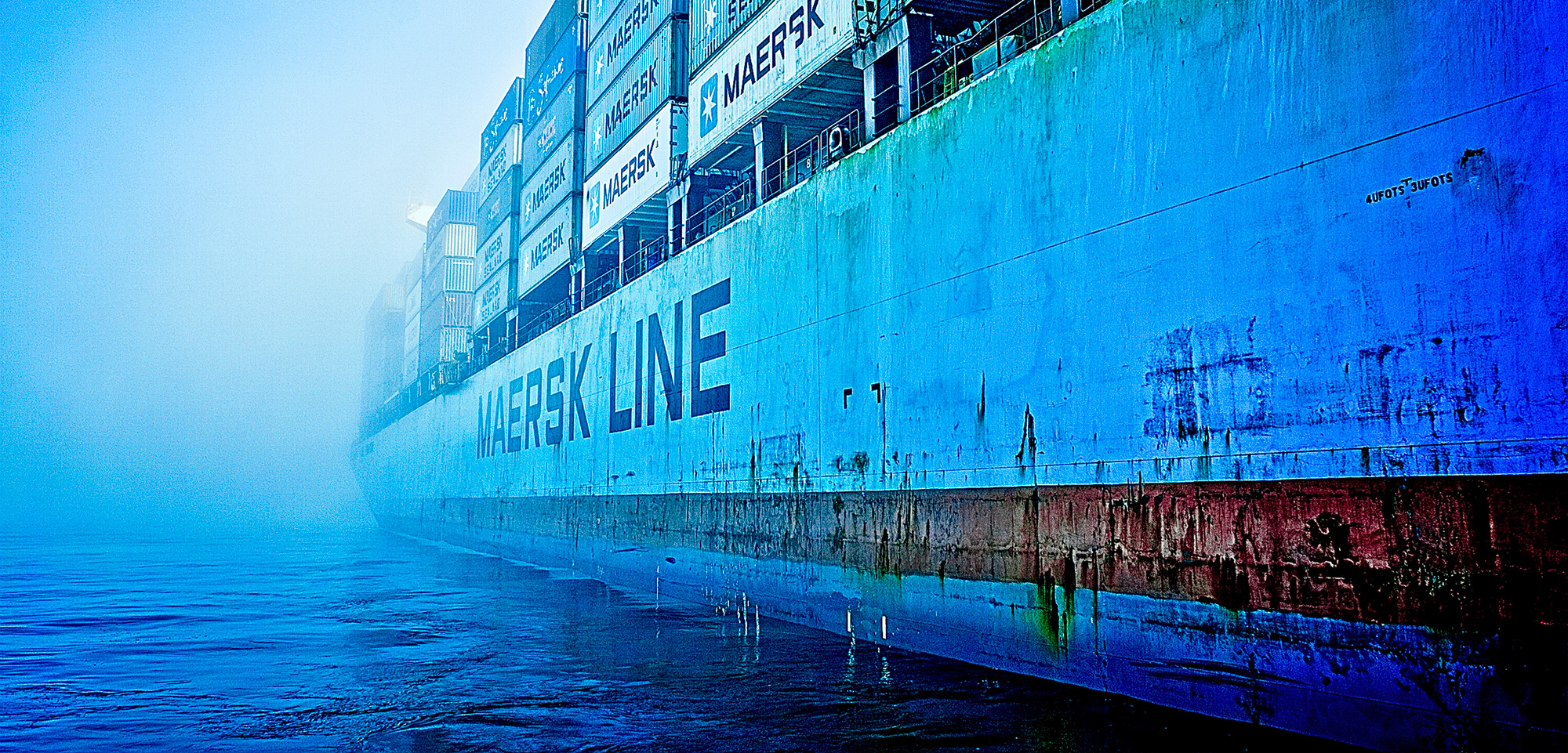
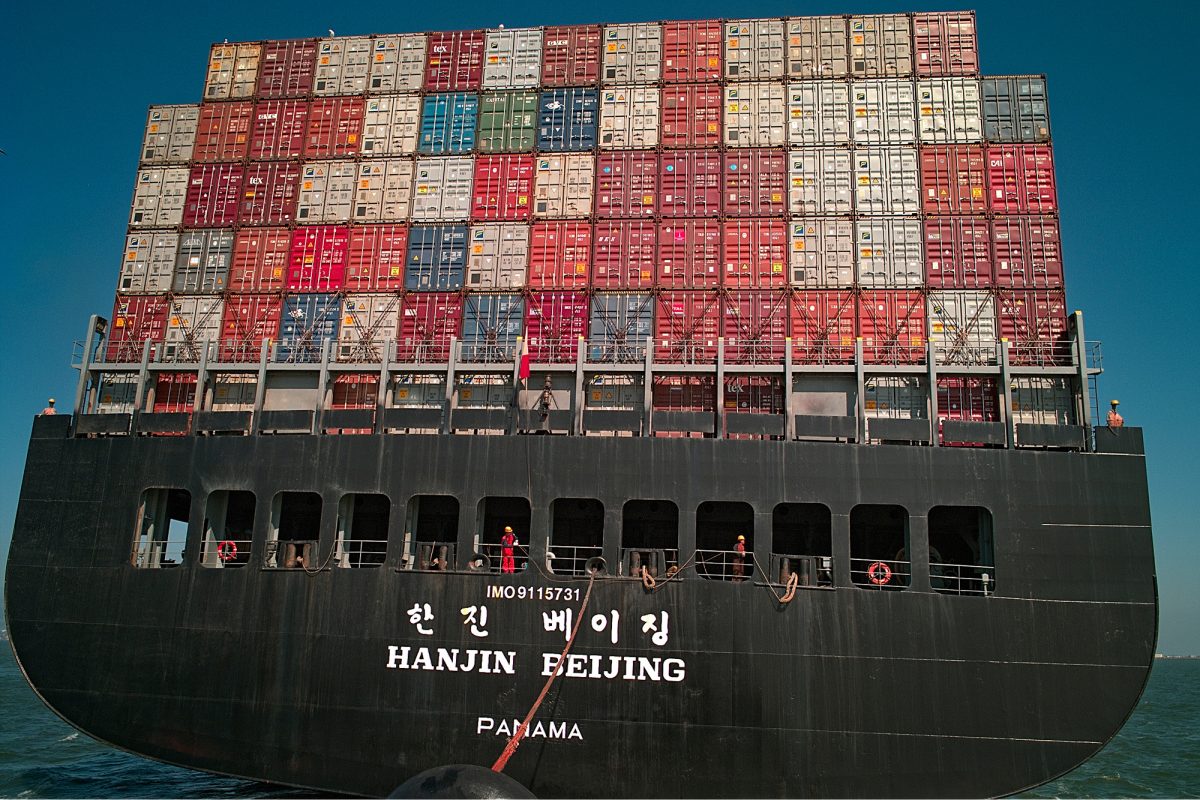

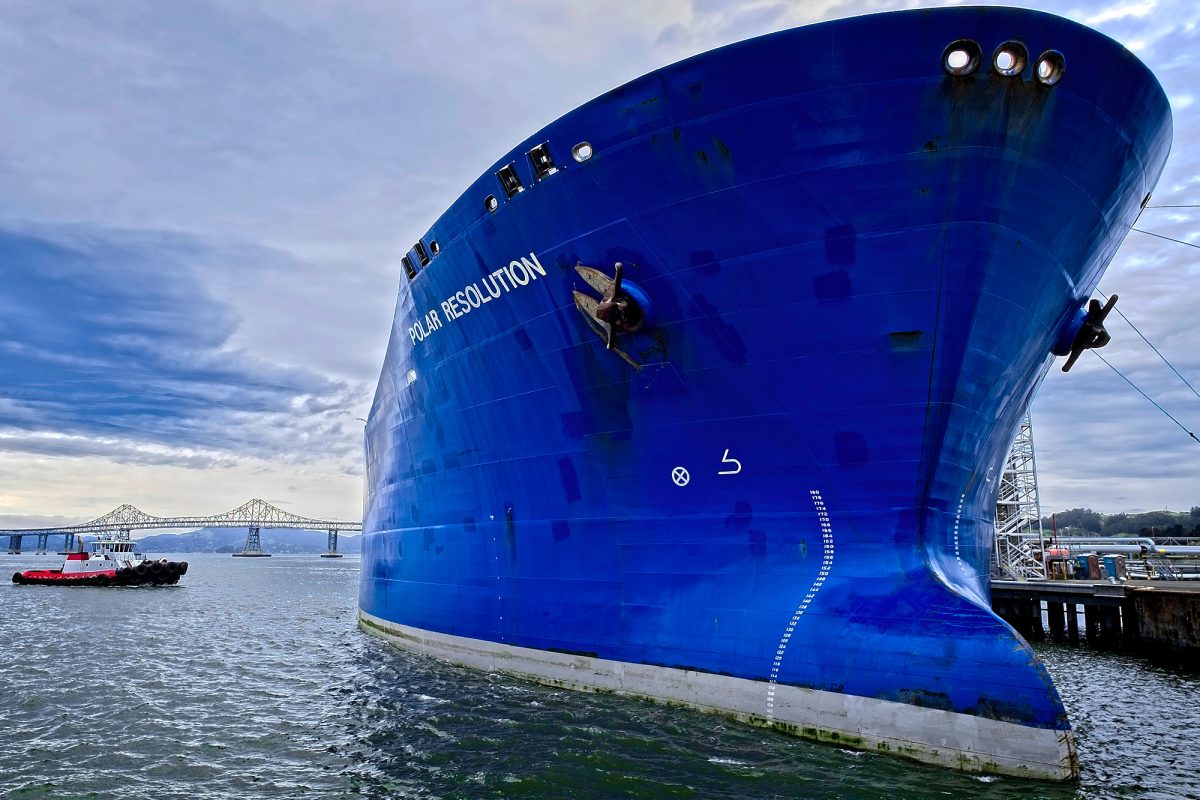
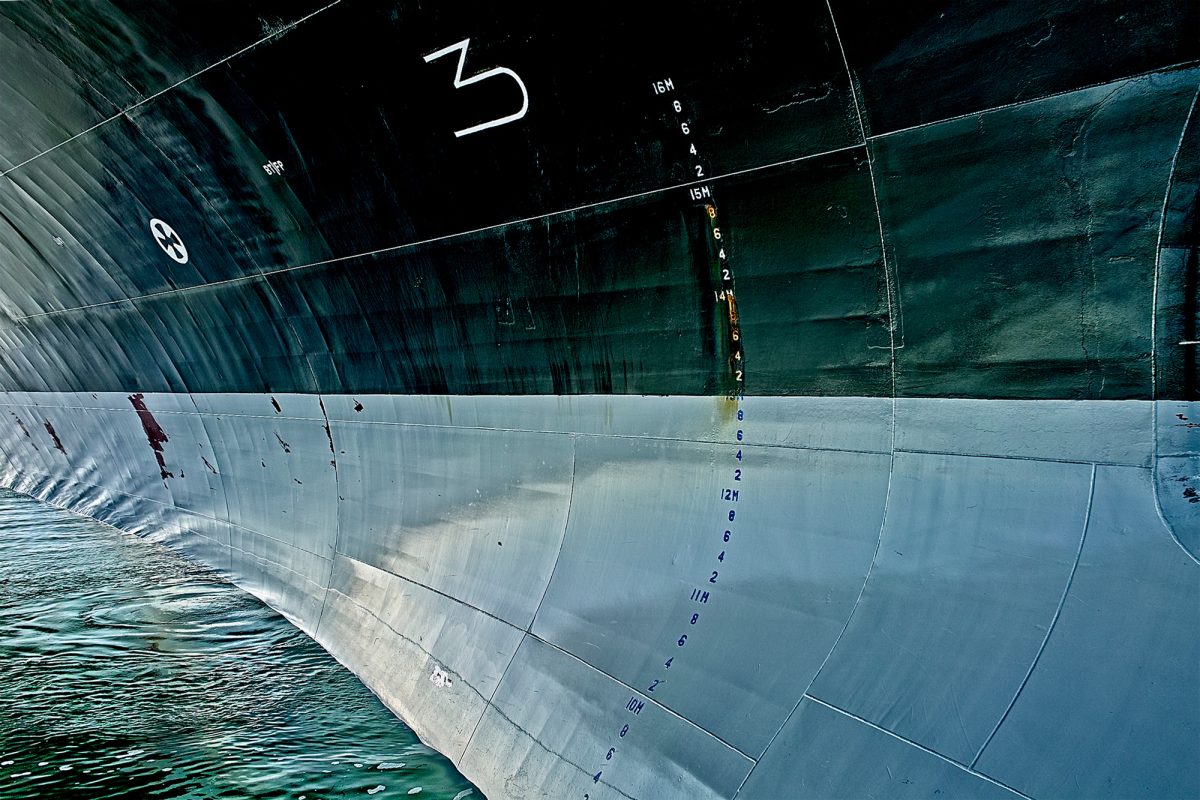
 A ship’s markings may look like hieroglyphs, but to industry insiders they tell an important story.
A ship’s markings may look like hieroglyphs, but to industry insiders they tell an important story.
Source: The Secret Language of Ships | Hakai Magazine